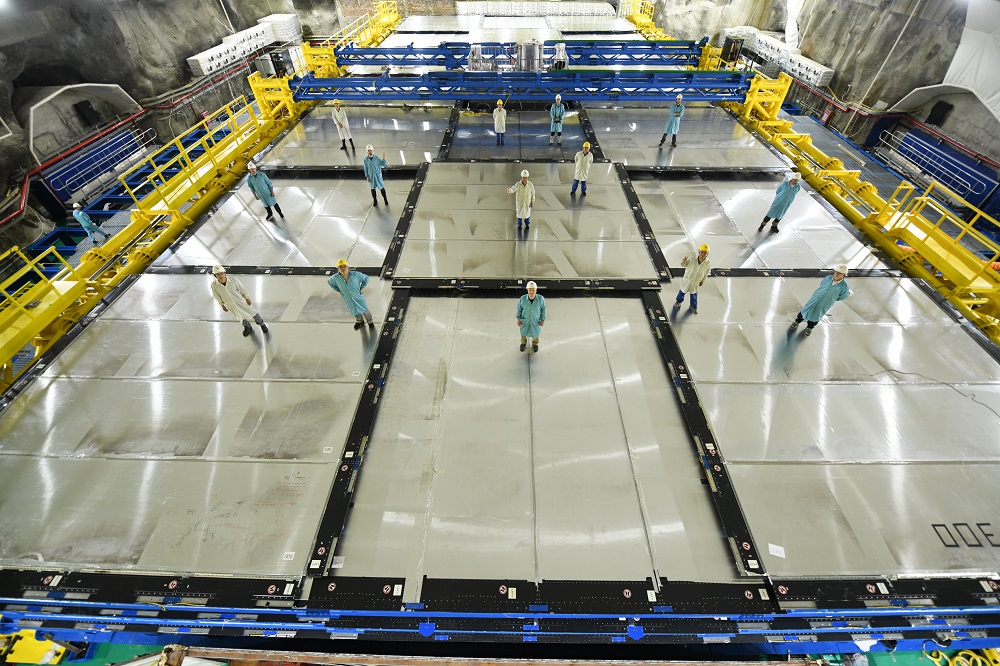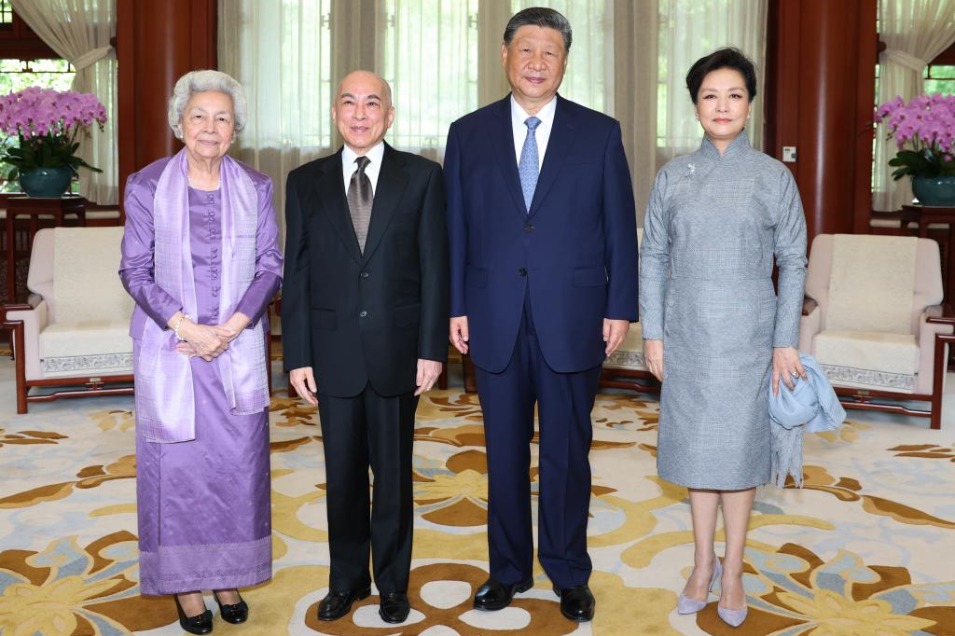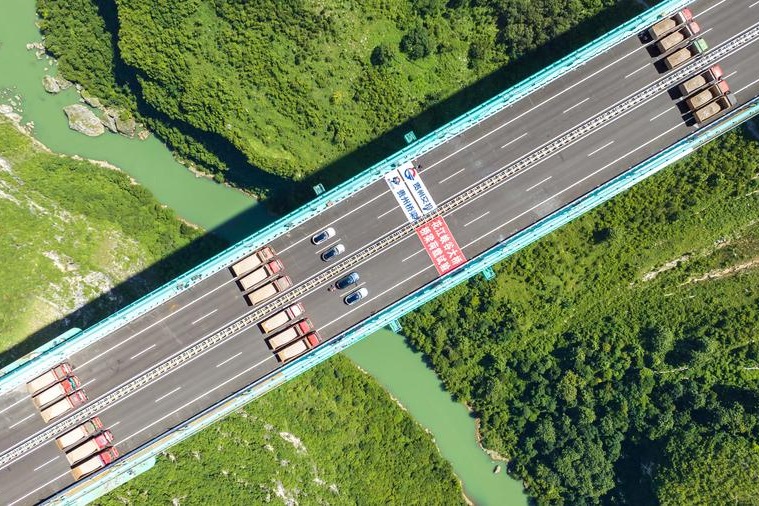World's largest liquid scintillator neutrino detector, JUNO, begins operation in Guangdong


Beginning underground construction in 2015, JUNO started filling 60,000 metric tons of ultrapure water in December. Over the past six months, 20,000 tons of liquid scintillator have been filled into the 35.4-meter diameter acrylic sphere located at the center of a 44-meter-deep water pool. The sphere is surrounded by 45,000 photomultiplier tubes, and the liquid scintillator displaced the water during filling. This part is the core of JUNO, with the liquid scintillator acting as both the interaction medium and signal converter for neutrino detection, Li noted.
"When neutrinos pass through, they sometimes interact with nuclei or electrons, creating charged particles. These particles excite the scintillator molecules, emitting faint flashes of light called scintillation photons," Li said.
"The high transparency of the liquid allows these photons to reach surrounding photomultiplier tubes, which convert the light into electrical signals. By analyzing the timing, intensity and spatial distribution of these signals, scientists can reconstruct neutrino interactions, measure their energies and identify their types," he added.
























